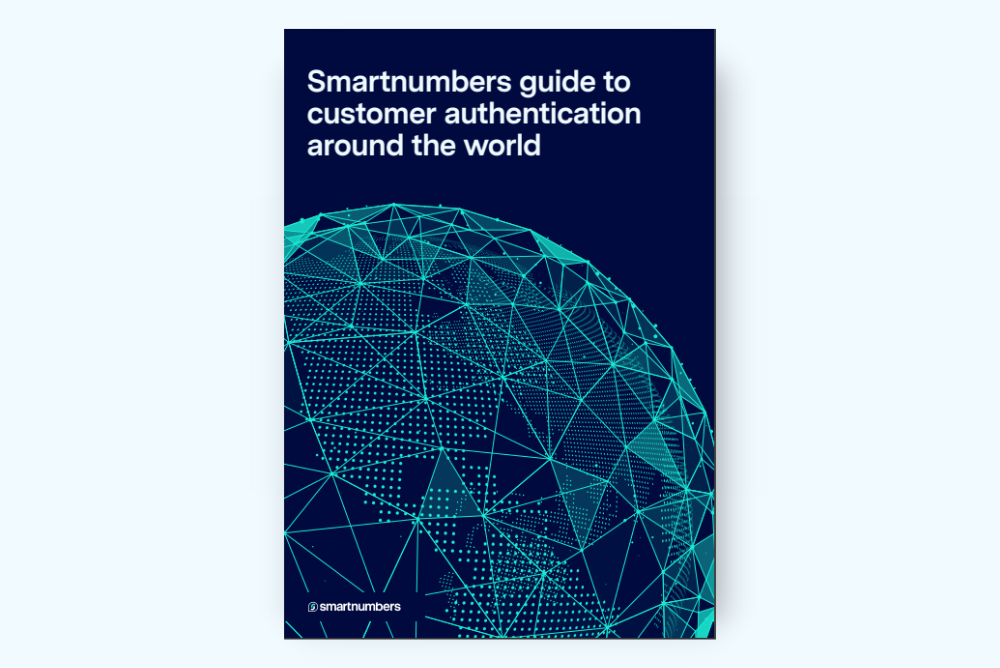Over the last two years, Covid has fundamentally changed the situation for contact centres. With more customers having to solve problems from home, demand for contact centres has rapidly increased. But at the same time, the disruption that Covid has caused, together with the move to remote working, has made contact centres a magnet for fraudsters.
In short, the pandemic has created a perfect storm of disruption. Now, contact centres are subject to scam and fraud attacks on a near-daily basis – and it’s having a huge impact on companies’ bottom lines. So, what can they do about that? Let’s dig a little deeper.
The Covid challenge for contact centres
Across all industries, the switch to remote working caused significant uncertainty and disruption. This situation has been discussed at some length – but for contact centres it’s only half the story.
While contact centre agents were adapting to the demands of remote working, they also had another challenge to face: changing customer expectations. Customers needed something to replace the in-person interactions that could no longer happen, and in many cases, that meant engaging the contact centre. In fact, global minute-by-minute call traffic increased by as much as 23.4% between January and April 2020, according to figures unveiled in our recent study.
Lockdowns meant contact centres suddenly played a vital role in connecting organisations to their customers. That alone is enough of a challenge for contact centre agents, but it doesn’t stop there. Financial instability always attracts fraudsters – and the last two years has been no different.
Now, contact centres are subject to fraud attempts on a near daily basis. In fact, our research shows that as much as 57% of firms have seen fraud attacks increase since the pandemic. And almost all of those that have experienced fraud can draw a direct line from attacks to bottom line – as much as 53%. Now, 60% of firms surveyed report some degree of concern and anxiety around the rise of contact centre fraud, with only a third saying they feel they have a handle on the situation.
Since Covid, the risk and danger caused by contact centre fraud has soared, and contact centres are worried. So, what’s the solution?
Moving on from KBAs
The challenge for most contact centres comes down to one key issue: an over-reliance on knowledge-based authentication (KBA) questions. These are used to identify most customers who call the contact centre – either through the interactive voice response (IVR) or directly with the contact centre agent themselves. In fact, figures from Contact Babel suggest that as many as 95% of authentication takes place with a live contact centre agent.
The problem is KBAs are not a universal, secure way of authenticating customers. Fraudsters themselves can get hold of personal information, through social media, phishing attacks or simply buying information off the dark web. Crucially, much of the information they get can come from the contact centre agents themselves, as fraudsters are experts on ‘behavioural manipulation’ tactics. In this situation, the fraudster will trick the agent into inadvertently releasing information that can be used to pass KBA questions elsewhere.
To top it all off, many genuine customers don’t know the answers to their own KBA questions, meaning back doors have to be written into the process – all of which fraudsters can exploit. This leads to long waiting times for customers and has a big impact on a contact centre’s bottom line.
A better approach to contact centre authentication
To achieve smoother and more effective authentication, organisations need to move away from relying solely on KBA questions. But what other solutions are available? How do these solutions differ around the world? And how effective are they at reducing the risk of fraud?
These are the questions we set out to answer in our recent eBook: Smartnumbers guide to customer authentication around the world. If you want to discover the solution to rising fraud for your contact centre, check out the eBook today.



